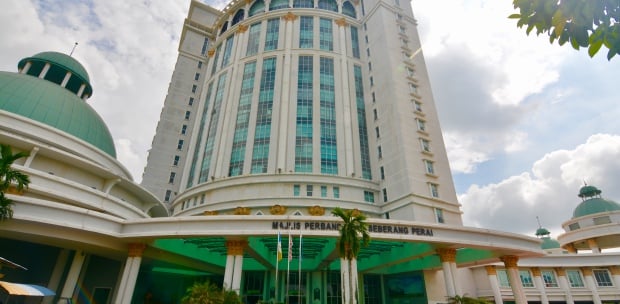WE have seen and heard it all before – "we won't have a society if we destroy the environment", "look after the Earth, it's the only one we have" and "help save the planet".
These all make great bumper stickers or t-shirt slogans, but what do they all mean, what are we doing about it and where is the energy to act to do something positive to help salvage the planet from increasing environmental destruction?
This Sunday, June 5 is World Environment Day and a day we can all really focus on doing something positive for the planet.
While many argue, it should be World Environment Day every day, others will simply support the day as a valuable contribution to making a small difference.
This year's theme is 'Only One Earth' which isn't really original, but still a great statement to put up there in bright lights.
This year, perhaps, we could visit one of Malaysia's less-visited plant communities or ecosystems.
Most of us have explored rainforests and kayaked through mangroves but what about a walk through a mossy forest or a kerangas forest, as a pleasant change?
Here are five Malaysian sites that support some lesser-known plant communities.
KARST LANDSCAPES
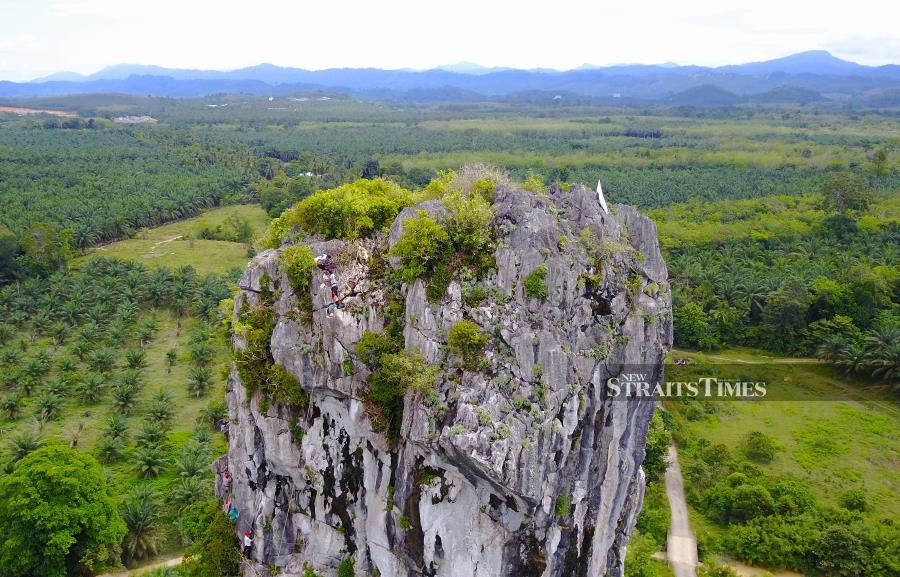
The limestone hills that start near Ipoh and continue into southern Thailand have several popular tourist access points.
Known as karst topography, it is very important ecologically as 13% of all known flowering plants in Peninsular Malaysia occur in these rocky locations which only occupy 0.3% of the land surface.
The caves of Ipoh and the islands of Langkawi are well-known, but the limestone peaks of Gunung Paya just outside of Jerantut, have yet to capture great tourist interest.
KERANGAS FOREST
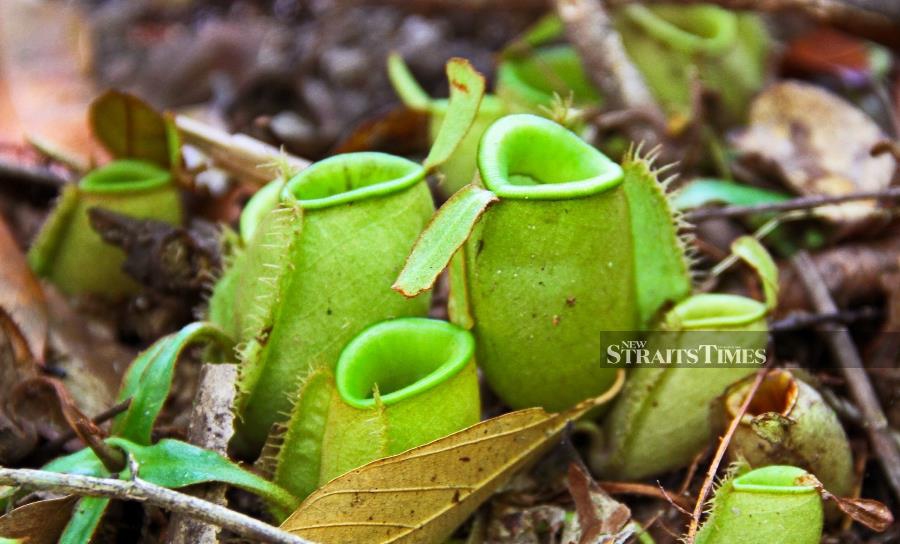
Soil type is one of the key factors in determining vegetation type. Soils that are acidic and poor in base metals encourage the growth of kerangas or heath forest. Kerangas is an Iban word that means rice will not grow here and it's appropriate that one of Malaysia's most accessible heath forests is in Bako National Park, Sarawak.
Bako is the Disneyland of botany as it supports almost every vegetative type in Sarawak.
The trail from park headquarters to Teluk Pandan Kecil passes through the low heath forest where pitcher plants thrive.
Pitcher plants are carnivorous and obtain nutrients not from the soil, but from entrapping small insects in a sticky grave cupped in the plant.
MOSSY FOREST
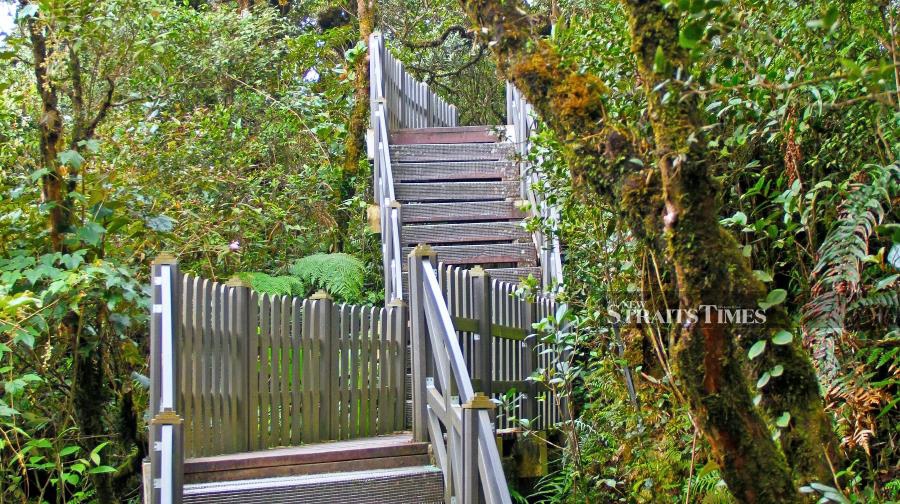
It is rather an eerie feeling to walk into the mossy forest that thrives in the high altitudes of Gunung Brinchang, towering above the Cameron Highlands.
Normally, the forest is enshrouded in cloud and the tree branches look like they have been spray-painted with luminous lime-green paint.
This montane environment encourages the growth of plants such as mosses and lichen that grip the bark and tree branches.
Mossy forest survives above at least 800m above sea level but normally higher, like 1,200m.
Temperatures here are lower than in the lowlands, epiphytic orchids and pitcher plants are common and trees tend to be gnarled.
Mosses and lichen are sensitive to trampling and a boardwalk trail has been installed at Brinchang. Access to the trail is easy but the road to the summit is a rough track in parts.
NIPA PALM FOREST

Malaysia has many muddy rivers with brackish (part salt and part freshwater) conditions on their floodplain where they enter the sea.
These conditions are perfect for mangroves but also for nipa palm forest. This forest flourishes along the Lower Sungai Kinabatangan that flows into the Sulu Sea east of Sandakan.
It is located in brackish conditions just beyond the tidal influence and is important in protecting the riverbanks from erosion while the fronds are ideal for thatching.
Tour boats heading upstream to Sukau pass these forests.
PANDANUS WETLANDS
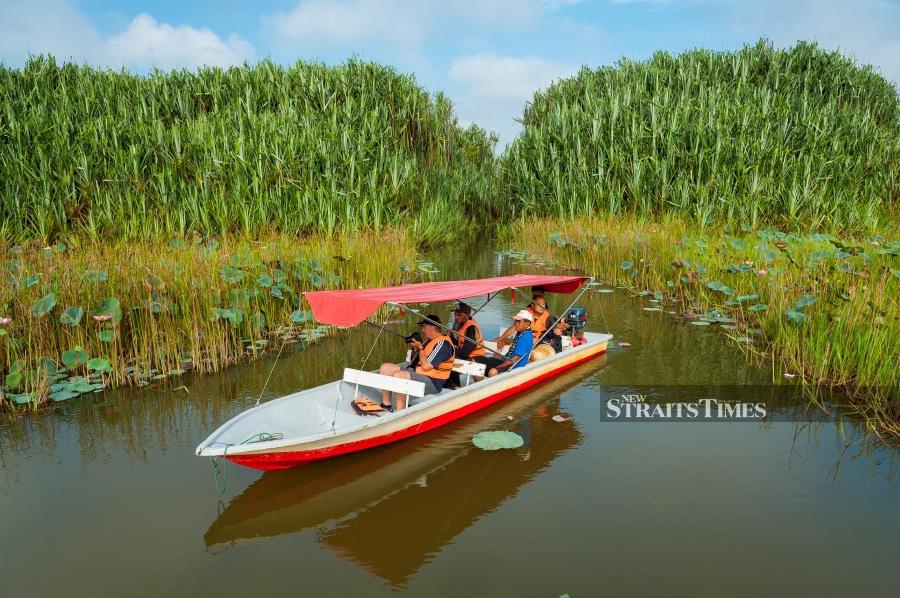
Tasik Chini isn't the easiest destination to visit but budding botanists and birdwatchers will enjoy it once there.
Colourful lotus flowers on the lake are well-known but the thickets of pandanus plants lining the foreshore are less well-known.
They front peat swamp forests which play an important role in hydrological and carbon cycles. Pandan leaves are used to make mats and handicrafts.
Get nature stays in Malaysia at discounted rates with Agoda Promo Code.




